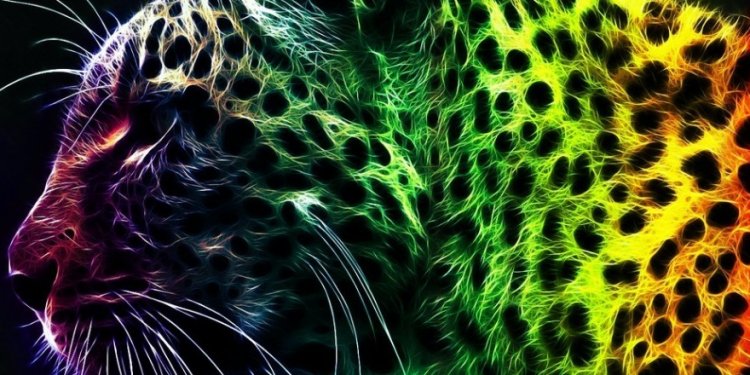
Disperse printing
In 1957, Noël de Plasse, a researcher working for French textile company Lainière de Roubaix, made an interesting discovery. He found that, under high temperature, certain solid dyes could pass directly to the gaseous phase without first becoming a liquid. This physical process is called sublimation, and what de Plasse had discovered was eventually termed dye-sublimation. Nothing much was really done with dye-sublimation until the late 60s, when it began to be used in early computer printers. Today, dye-sublimation printing has become a popular and versatile process that is predominantly used for various types of textile printing, but also rivals UV for printing on three-dimensional objects like mugs, smartphone covers, and other specialty items.
A dye-sublimation ink consists of a solid pigment or dye suspended in a liquid vehicle. An image is printed onto a transfer paper—also called release paper—and the paper is brought into contact with a polyester fabric using a heat press. Under heat and pressure, the solid dye sublimates and suffuses into the fabric, solidifying onto the fibers. The image physically becomes part of the substrate.
For years, printing via a transfer medium has been the standard dye-sub method. However, there have emerged systems—called direct dye-sublimation or direct disperse—that can print directly onto a fabric without requiring a transfer sheet. It’s tempting to think, “Aha! Now I can save money on transfer paper, ” but it’s not quite as simple as that. Both varieties of dye-sub have their advantages and their disadvantages, and if you’re new to the technology, or are looking to invest in a dye-sub system, it pays to understand the benefits and limitations of each.
The big benefit of using a transfer process is image quality. “You end up with a more detailed image, the edges are a little sharper, text is much more crisp and sharp, and colors are more vivid, ” said Tim Check, Product Manager, Professional Imaging for Epson. Epson’s SureColor F Series dye-sublimation printers comprise the F6200, F7200, and F9200.
With transfer paper, during sublimation, the ink doesn’t penetrate far into the substrate, remaining close to the surface. In contrast, direct disperse penetrates further into the fabric, which—much like inkjet printing on plain paper—means that fine detail is lost and colors become less vivid.
“For me, the difference will always be clarity because you’re always going to get a cleaner, crisper print when you’re doing a print to paper and then transferring, ” said Steven Moreno, founder and principal of L.A.’s MY Prints, a digital print shop that specializes in apparel prototyping and garments for entertainment industry costume houses, as well as flags, banners, and other display graphics. Most of MY Prints’ work is dye-sub-based. “For something with fine detail we would always want to use transfer paper.”
Another advantage of using a transfer process is that you can work with any kind of surface with a polyester coating: banners, mugs, flip-flops, you name it. “There are so many applications, and that’s really the benefit of a transfer process, ” said Check. “It makes it a very versatile solution.”
“Transfer is for a nearly endless array of applications—trade show graphics, high-end fashion, sports apparel, interior design, promotional products, interior signage, industrial and construction, retail and POP, etc., ” said Tommy Martin, Manager, Textile and Apparel Business Development for Mimaki USA. Last summer, Mimaki introduced the TS300P Production Dye Sublimation Printer. “Any polyester fabric or polymer-coated goods—ceramics, glass, slate, plastics, or metals—can be sublimated via a transfer method.”
Of course, you’re not going to be able to do everything using the exact same equipment. “Most applications that aren’t flat need to be transferred with a contoured heat press that matches the shape of the item, ” said Martin. “For example, a mug press or a mug wrap and oven for coffee mugs.”

















